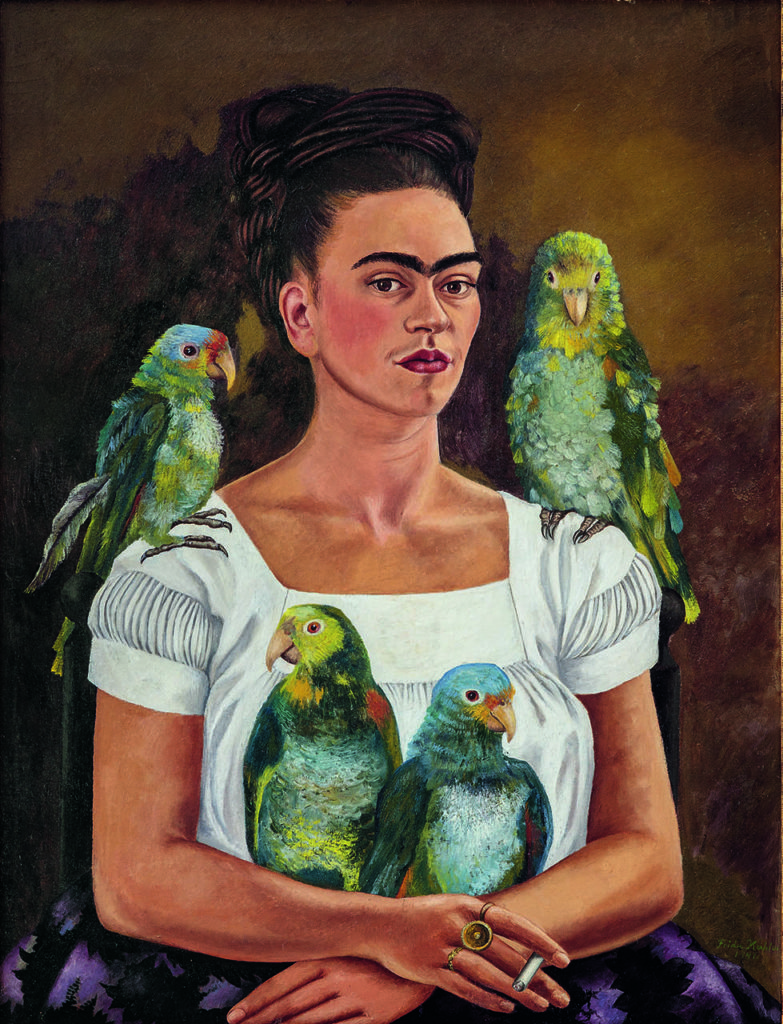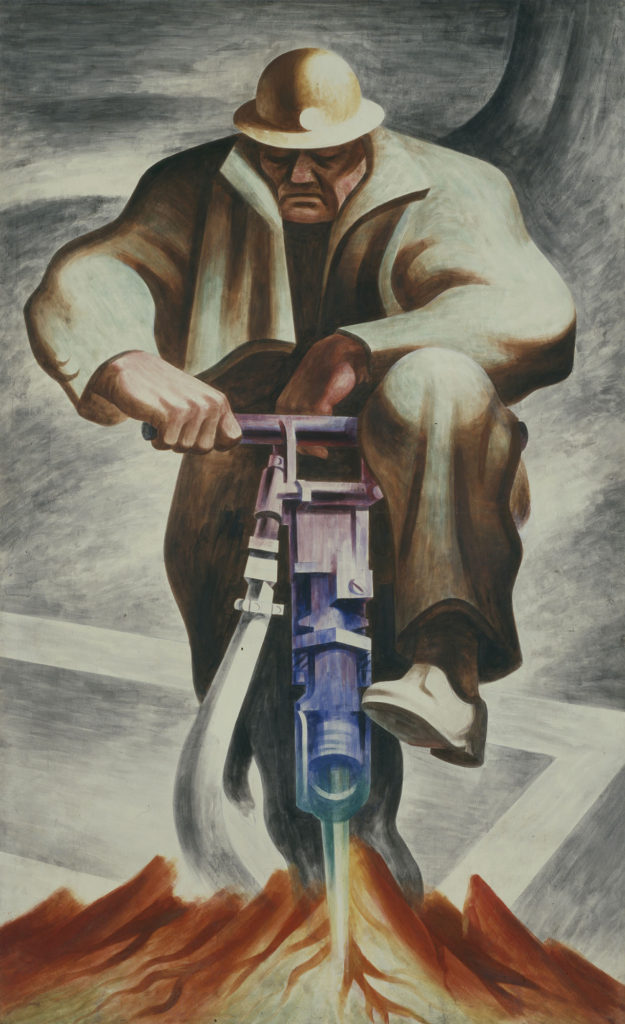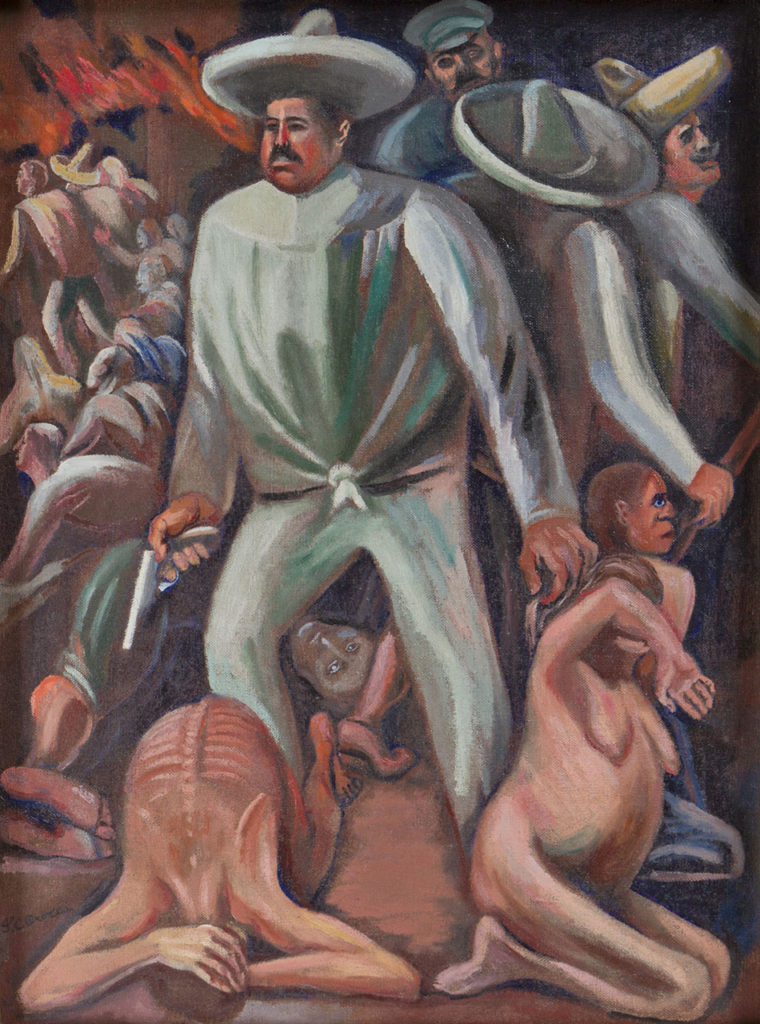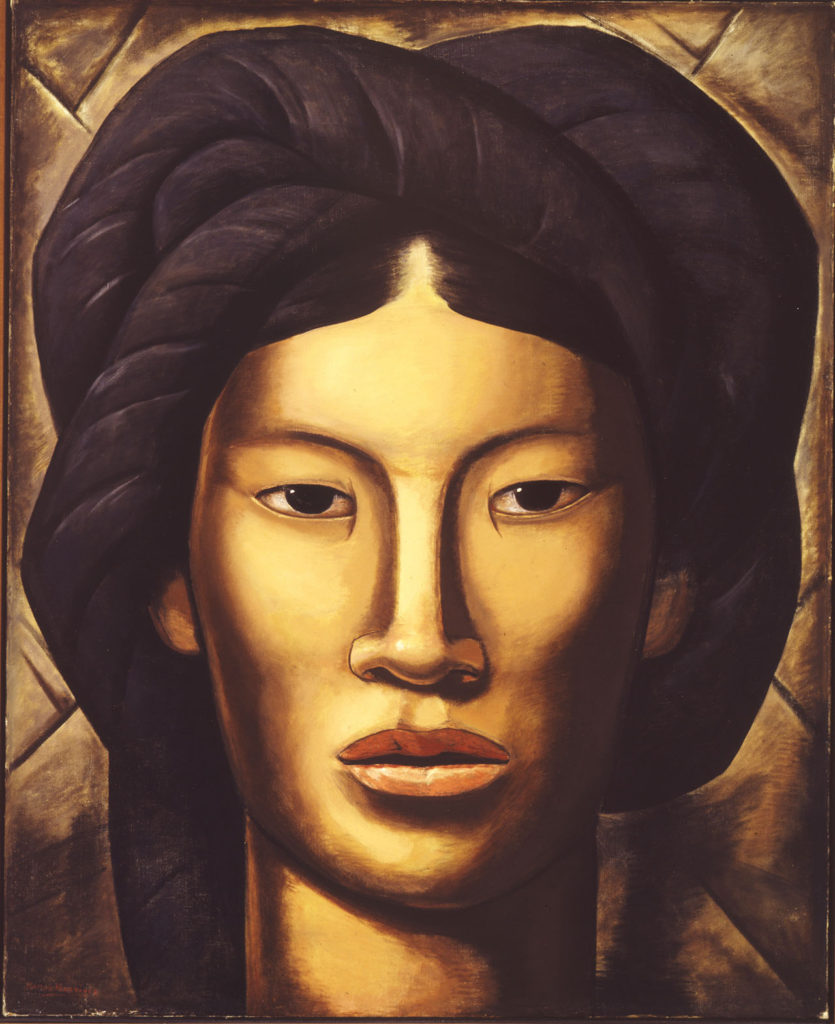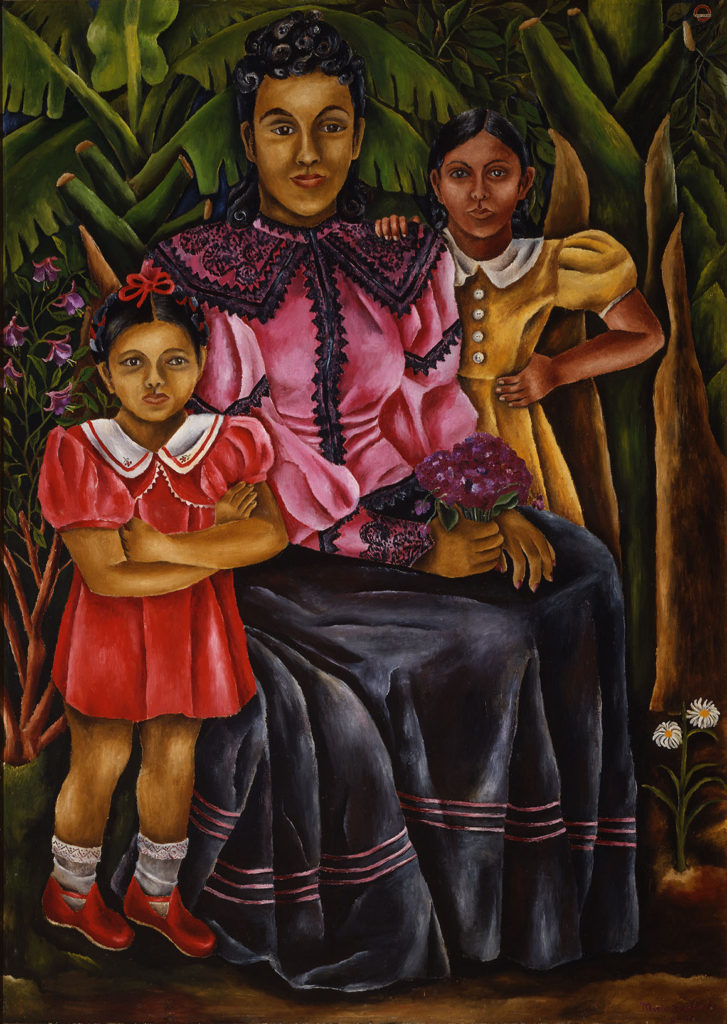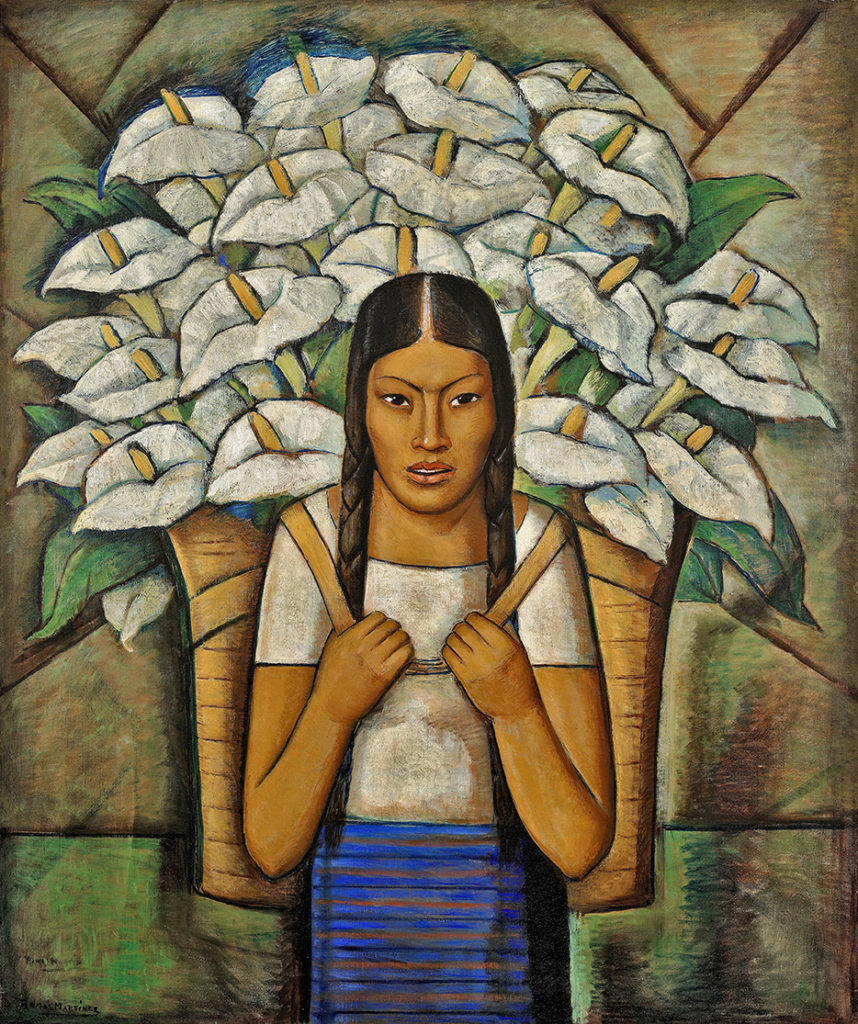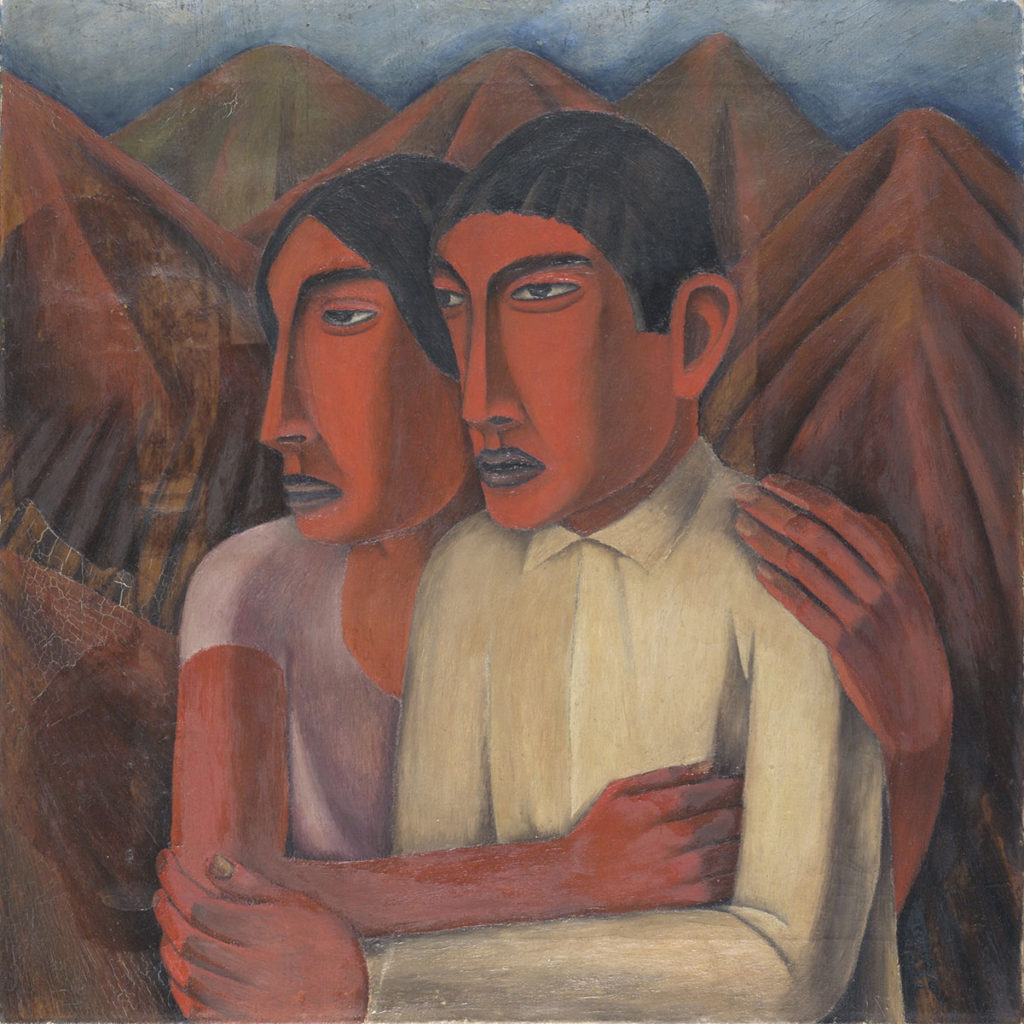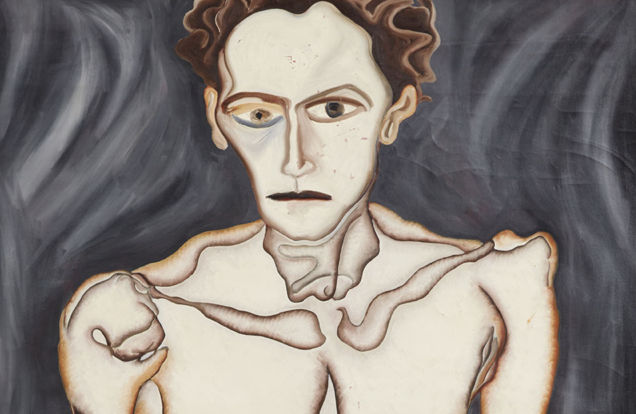Vida Americana
Mexican Muralists at the Whitney Museum
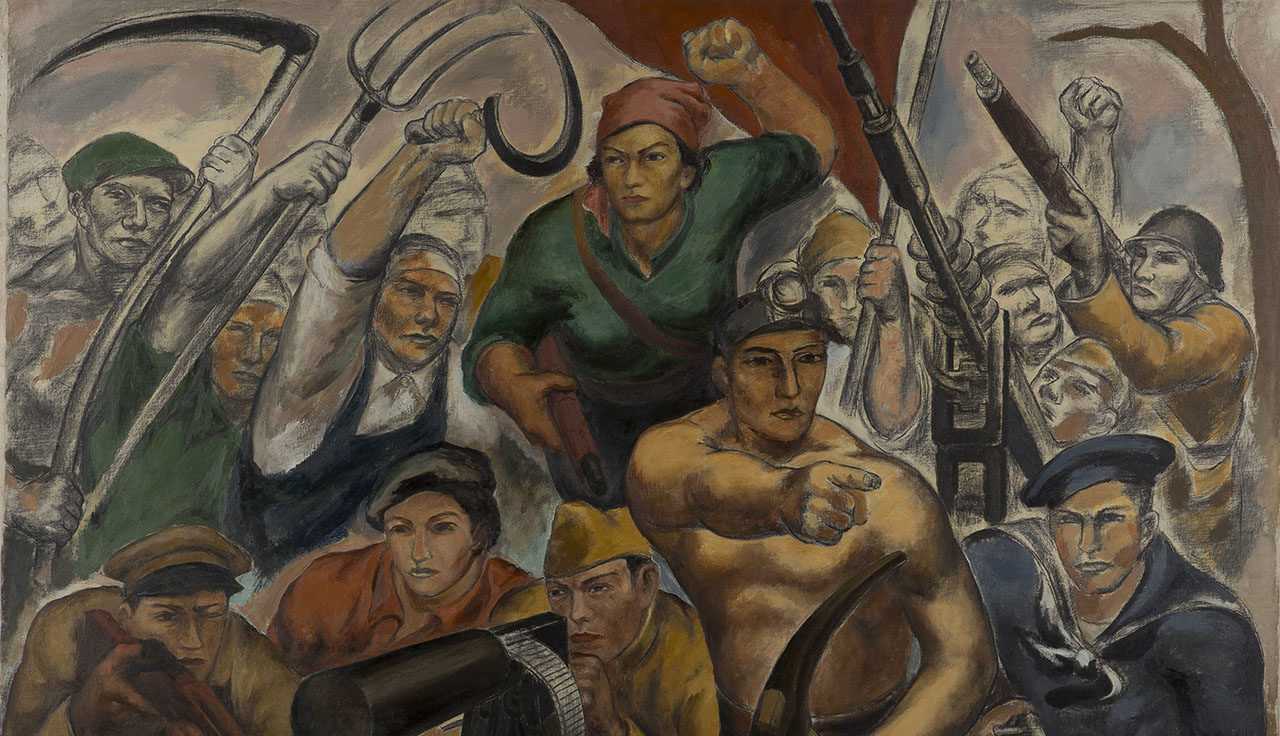
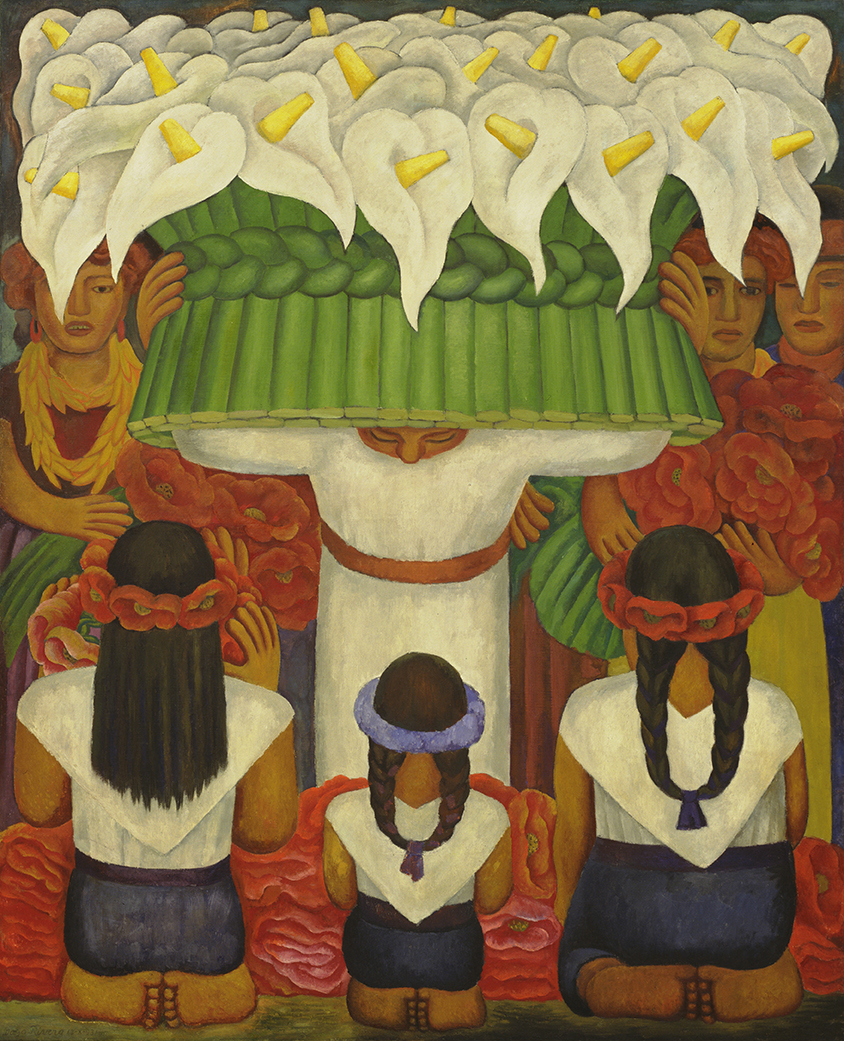
Vida Americana, the current exhibition at the Whitney Museum of American Art, explores the profound influence Mexican artists had on the direction American art would take. The exhibit debuts some never-before-seen Mexican art, one of them being Diego Rivera’s controversial 1934 Rockefeller mural, Man at the Crossroads. With approximately 200 works by 60 American and Mexican artists, the exhibition spans 20-years from 1925-1945.
The three leading muralists of the Mexican Revolution Diego Rivera, Jose Clemente Orozco and David Alfaro Siqueiros lived and worked in the United States for long periods. They interacted with local artists, executing murals and exhibiting their work. The Mexican artists inspired American artists to create epic narratives about American history and to use their art to protest economic, social and racial injustices. Barbara Haskell, the exhibition’s curator, told WNBC that, “American artists were searching for a way to connect with the public because, during the Depression, the idea that art had a social role became very appealing, that artists really felt that they couldn’t just stay on the sidelines and witness the chaos and economic disparities and injustices.”
Jose Clemente Orozco was the first of the leading Mexican muralists to come to the United States, arriving in New York in December 1927. He had a tremendous impact on numerous American artists, including Jackson Pollock. David Alfaro Siqueiros was the most politically and artistically radical of the leading muralists, believing art must be revolutionary. Diego Rivera came to the United States in 1930 as the most acclaimed artist to work on the Mexican government’s public mural program. In Mexico, he was called a Marxist whose murals glorified the revolution and condemned capitalist corruption. But, it was Diego’s commissioned work by the Rockefeller family that stirred an uproar. His sketches were approved, but once Nelson Rockefeller learned that Vladmir Lenin and the Russian Soviet May Day parade were secretly added, Rockefeller had the work destroyed before it was finished. Only black and white photos exist of the original incomplete mural.
Curator Haskell shared on Instagram, “This exhibition is really rewriting Art History. There’s been the common assumption that the French were the influence on American art in the first half of the twentieth century. Vida Americana changes that narrative that shows Mexican artists had the most profound, pervasive influence on art in this country.”
Vida Americana: Mexican Muralists Remake American Art, 1925-1945.
Through May 17, 2020, at the Whitney Museum of American Art in New York City.
The exhibition then travels to the McNay Art Museum, San Antonio, Texas, from June 25-October 4, 2020.
